- 02 9712 1736
- [email protected]
- 212 Great North Road, Five Dock, NSW 2046
- Open 7 days a week
Osteopathy is a hands-on healthcare approach that helps many people. It treats your whole body as connected, not just where it hurts. Many people aren’t sure what osteopaths really do during treatment. This blog explains what osteopathy is, how it works, and what treatments are used. You will learn what happens during your visits and how osteopaths diagnose problems. We will look at the science that shows how and why it works. Let’s explore what happens during osteopathic treatment and what you can expect as a patient.
Lower back pain affects millions worldwide, but osteopathic medicine offers a unique solution. Unlike treatments that only target symptoms, osteopathy views your body as an interconnected system. Research shows osteopathic techniques – including hands-on manual therapy, movement assessment, and personalized exercise programs – provide significant pain relief. Osteopaths examine your whole body, identifying how issues in one area might cause pain elsewhere. They combine treatment with self-care strategies focused on movement, proper ergonomics, and lifestyle factors. For persistent or severe back pain, consider consulting an osteopath for a comprehensive, evidence-based approach that addresses underlying causes rather than just managing symptoms.
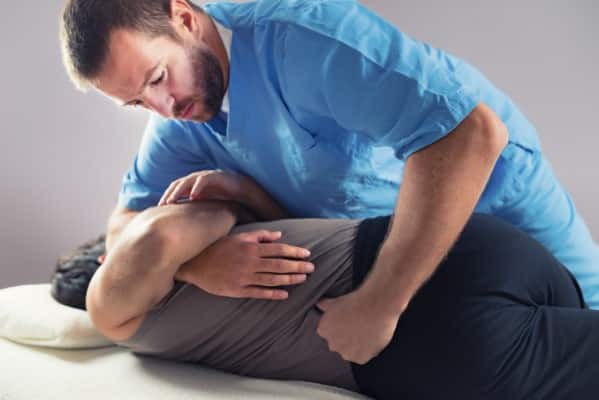
Osteopathy is a type of manual therapy that views your body as one connected system. Osteopaths believe your body can heal itself with the right support. This approach is recognised around the world for helping many conditions. Osteopaths use their hands to improve how you move and function. They look at how all parts of your body work together. Treatment aims to fix the cause of problems, not just mask symptoms.
These health professionals complete many years of university training. They study anatomy, physiology, and hands-on techniques. Their approach combines science with a skilled touch.
They use treatments based on current medical research. People visit osteopaths for many issues, especially muscle and joint problems. The treatment is gentle, safe, and designed for your specific needs. The main idea in osteopathy is that structure affects function. When your body is properly aligned, it works better. Treatment aims to restore this balance through careful manual techniques.
Your first visit starts with a detailed health history. The osteopath asks about your lifestyle, work, and past injuries. This helps them understand your overall health picture.
You’ll discuss your current symptoms thoroughly. They’ll ask when your problem started and how long it’s lasted. They want to know what makes your symptoms better or worse.
Next comes a physical examination. The osteopath watches how you stand and move. They feel your muscles, joints, and tissues with trained hands.
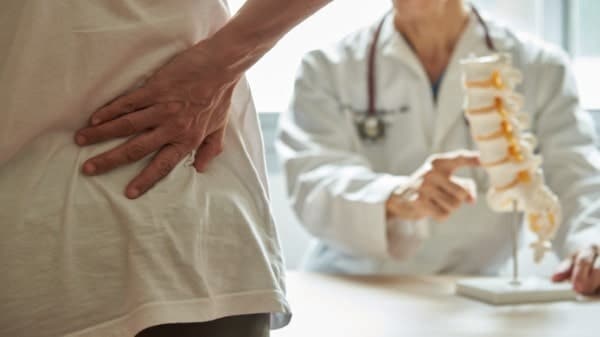
You might be asked to do specific movements. This helps evaluate your range of motion and find problem areas. They might observe you walking or bending to assess movement patterns. Special tests may be done for your specific condition. The osteopath explains what they find in clear, simple terms. Together, you’ll create a treatment plan just for you.
Treatment usually begins during this first appointment. Techniques might include gentle stretching, joint movements, and soft tissue work. The osteopath may use rhythmic movements of your joints to improve function. Some treatments focus on releasing tight tissues. Others aim to improve joint alignment and movement. Sessions typically last 30-60 minutes, giving enough time for thorough care.
You may be asked to change into a gown or stay clothed during treatment, so wear comfortable clothes. The osteopath will also suggest exercises and lifestyle changes to support your recovery.

Osteopaths use many different hands-on methods. Each one has a specific purpose and is chosen based on your needs. These techniques have developed through clinical experience and research. Soft tissue massage helps relax tight muscles and tissues. This improves blood flow and reduces pain. The pressure is adjusted to keep you comfortable. Joint movements involve gently moving your joints through their range. This improves mobility and joint health. Such movements reduce stiffness and discomfort effectively.
Muscle energy techniques need your participation. You might push gently against the osteopath’s hand. These methods help reset muscle function through the effects of the nervous system.
Counterstain positions your body to relieve pain. This works especially well for sudden muscle spasms. The technique uses gentle positioning without force. Some osteopaths work on internal organs with gentle techniques. Problems with organs can affect your whole body. These gentle methods aim to restore normal organ movement.
Cranial osteopathy uses an extremely light touch. It works with natural rhythms in your body tissues. Many patients find this deeply relaxing.
High-velocity techniques involve quick, precise movements to specific joints. These might cause the “popping” sound some people associate with manual therapy. These are always done with your consent.
Functional techniques find balanced positions for your tissues. The practitioner guides your body towards ease rather than forcing it. This gentle approach works with your body’s natural tendencies.
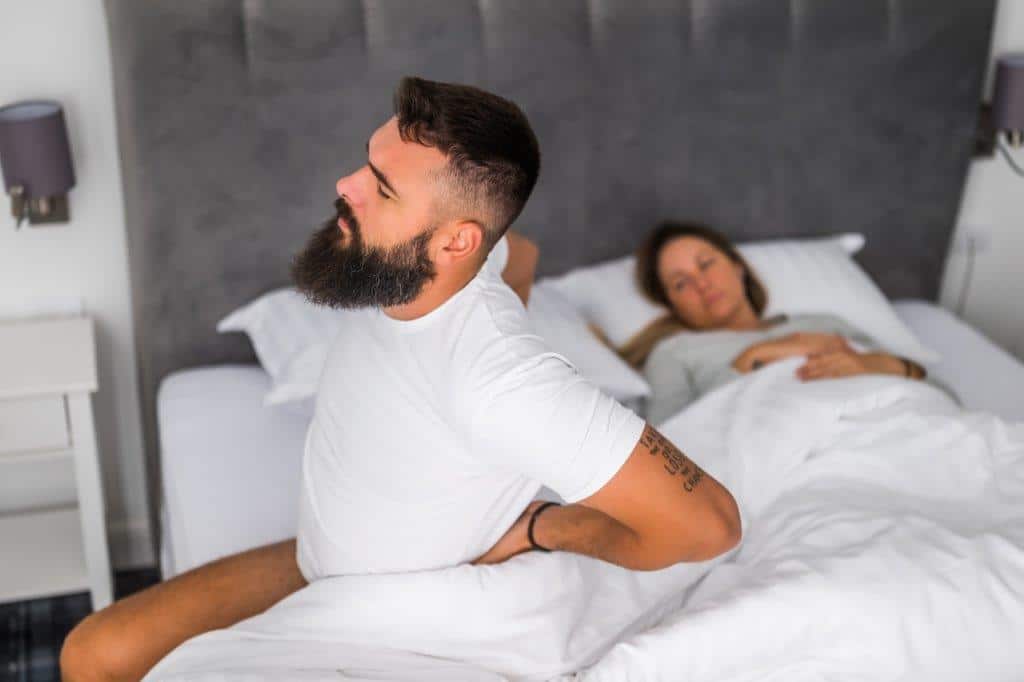
Scientific research strongly supports osteopathy’s effectiveness for many conditions. Studies show particularly good results for back pain treatment. A comprehensive 2014 review confirmed significant benefits.
Lower back pain responds well to osteopathic care. Research in major medical journals shows measurable improvements. Patients experience better function and less pain after treatment.
Clinical trials show improvement in neck pain with osteopathic treatment. A 2015 study found reduced pain levels after sessions. Patients needed less pain medication afterwards.
Headache sufferers often find relief with osteopathic care. A 2015 clinical trial showed fewer headaches after treatment. The headaches were less intense and didn’t last as long.
Research shows notable benefits for shoulder problems. Patients with frozen shoulder gained more range of motion. Pain levels decreased significantly, improving quality of life.
Here are key research-supported benefits of osteopathic treatment:
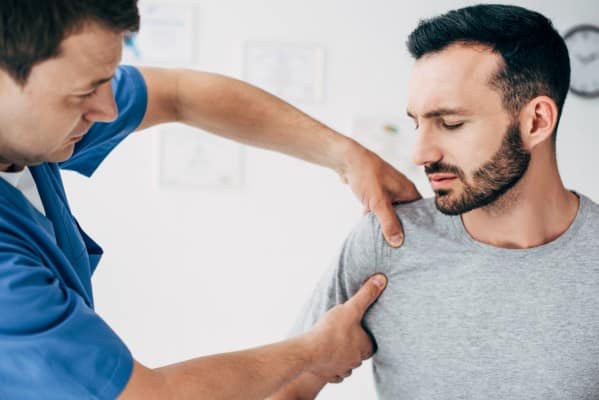
Athletes with sports injuries benefit from osteopathic approaches. Research from 2016 found faster recovery times. This helped athletes return to sports sooner with fewer complications.
Pregnant women with back pain show significant improvement with osteopathic care. A scientific study demonstrated substantial pain reduction. Women reported feeling more comfortable during pregnancy.
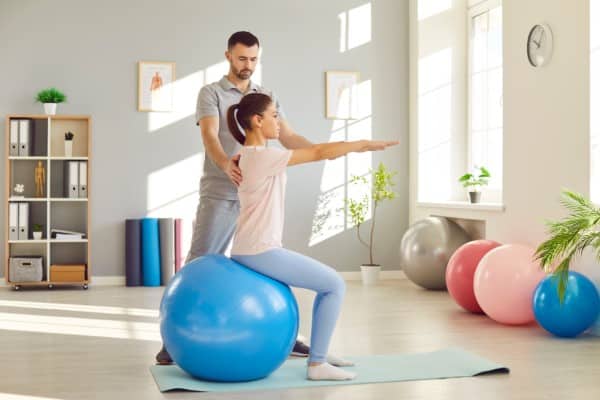
Follow-up visits usually begin with a quick reassessment. The osteopath asks about changes since your last visit. They want to know how your body responded to the previous treatment. Your progress is tracked with measurable tests when possible. Range of motion checks, functional tests, and pain scales show improvement. These measurements provide clear evidence that the treatment is working.
Treatment methods may change as your condition improves. Early sessions often focus on pain relief and increasing movement. Later sessions address underlying issues and prevention strategies.
How often you need treatment depends on your specific condition. Acute problems might need 1-2 visits weekly for a short time. Chronic conditions often benefit from less frequent but regular sessions. Most patients see gradual improvement rather than instant results. Some experience mild soreness after treatment, similar to after exercise. This typically goes away within 24-48 hours as your body adjusts. Treatment length varies based on your condition’s complexity. Some patients reach their goals in 3-6 sessions. Others with complex conditions may benefit from ongoing maintenance care.
Home exercises are an important part of your treatment plan. Your osteopath will show you specific movements to support your recovery. Regular practice of these exercises maximises your treatment benefits. The main goal is to improve your body’s natural healing abilities. Successful treatment results in less pain, better function, and improved quality of life. Many patients learn body awareness strategies to prevent future problems.
Consider osteopathy if you have ongoing pain or movement problems. It offers a gentle, whole-person approach to many conditions. Treatment focuses on finding and fixing root causes rather than just symptoms.
Research potential osteopaths carefully before making appointments. Check their credentials and registration status. Consider their experience with your specific condition. Talk to your regular doctor before starting osteopathic treatment. This ensures coordinated care for your overall health. Your doctor may give you a referral to a reputable osteopath.
Prepare questions before your first visit to get the most value. Ask about treatment approaches, expected outcomes, and costs. Clear communication helps set realistic expectations.
Share your complete health history and current concerns. This helps the osteopath develop an effective treatment plan. Mention any previous treatments you’ve tried for your condition.
Understand that best results usually require several treatment sessions. Chronic conditions especially need consistent care over time. Improvement typically happens gradually, not overnight.

How often you need treatment depends on your specific condition. Acute problems might need 1-2 visits weekly for a short time. Chronic conditions often benefit from less frequent but regular sessions. Most patients see gradual improvement rather than instant results. Some experience mild soreness after treatment, similar to after exercise. This typically goes away within 24-48 hours as your body adjusts. Treatment length varies based on your condition’s complexity. Some patients reach their goals in 3-6 sessions. Others with complex conditions may benefit from ongoing maintenance care.
Home exercises are an important part of your treatment plan. Your osteopath will show you specific movements to support your recovery. Regular practice of these exercises maximises your treatment benefits. The main goal is to improve your body’s natural healing abilities. Successful treatment results in less pain, better function, and improved quality of life. Many patients learn body awareness strategies to prevent future problems.
Osteopathy provides a hands-on, patient-centred approach backed by scientific research. Treatment addresses your whole person, not just isolated symptoms. This comprehensive view often reveals connections between seemingly unrelated problems.
The treatment process combines thorough assessment with targeted manual techniques. Practitioners choose from various approaches based on your individual needs. This personalised care adapts as your condition changes.
Research confirms osteopathy’s effectiveness for many muscle and joint conditions. Back pain, neck pain, and joint problems respond particularly well. Athletes, pregnant women, and people with chronic pain often see significant benefits.
If you struggle with ongoing pain or limited movement, consider osteopathic treatment. The evidence supports its safety and effectiveness for many common conditions. Work with a qualified practitioner to develop a treatment plan just for you.

Luis is an empathetic osteopath whose gentle approach has helped countless patients find relief from pain and discomfort. With his warm personality and expert hands, Luis creates personalized treatment plans that address both your immediate symptoms and long-term wellbeing. His patients appreciate his thoughtful nature and ability to explain complex conditions in simple terms.
Originating from over in New Zealand, Luis developed a love for osteopathy and manual care from a young age, due to its holistic nature. With a special interest in manual therapy, anxiety and related breathing activities. You will find the care you need with Luis.
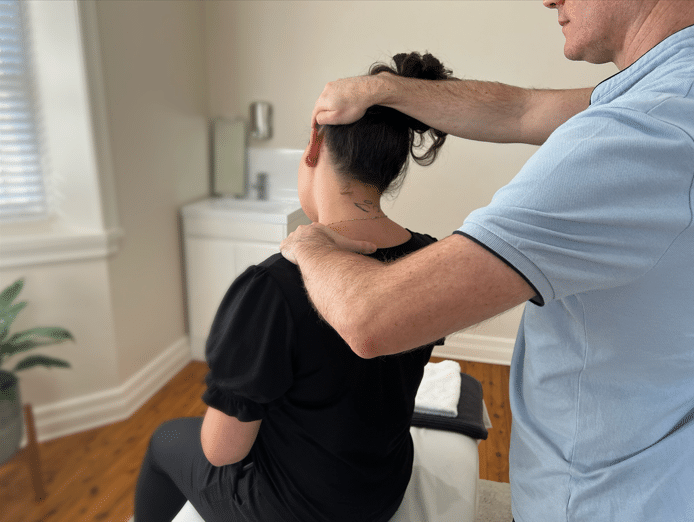
Forest Lodge, Annandale, Glebe, Leichhardt, Balmain, Haberfield, Canada Bay, Rozelle, Rodd Point, Wareemba, Stanmore, Petersham, Lilyfield, Hunters Hill, Enfield, Cabarita, Mortlake, Rhodes, Burwood Heights, Birchgrove, Gladesville, Huntleys Point, Abbotsford, Ashfield, Croydon Park, Croydon, Chiswick, Russell Lea, Burwood, Strathfield, Concord, Drummoyne, North Strathfield, Liberty Grove, Dulwich Hill, Lewisham, Camperdown, Ashbury, Homebush, Homebush West, Woolwich, Henley, Summer Hill, Sydney Olympic Park

About
Five Dock Osteopathic & Chiropractic is located in Canada Bay, in Sydney’s Inner West. Servicing suburbs including Burwood, Croydon, Drummoyne, Five Dock, Haberfield, Concord, Abbotsford, Chiswick, Leichhardt, Wareemba, Russell Lea, Summer Hill, Strathfield.
Clinic hours
Monday, Tuesday, Thursday 7AM – 7PM
Wednesday, Friday 7AM – 6PM
Saturday 7AM – 2PM
Sunday 8AM – 2PM
Contact details